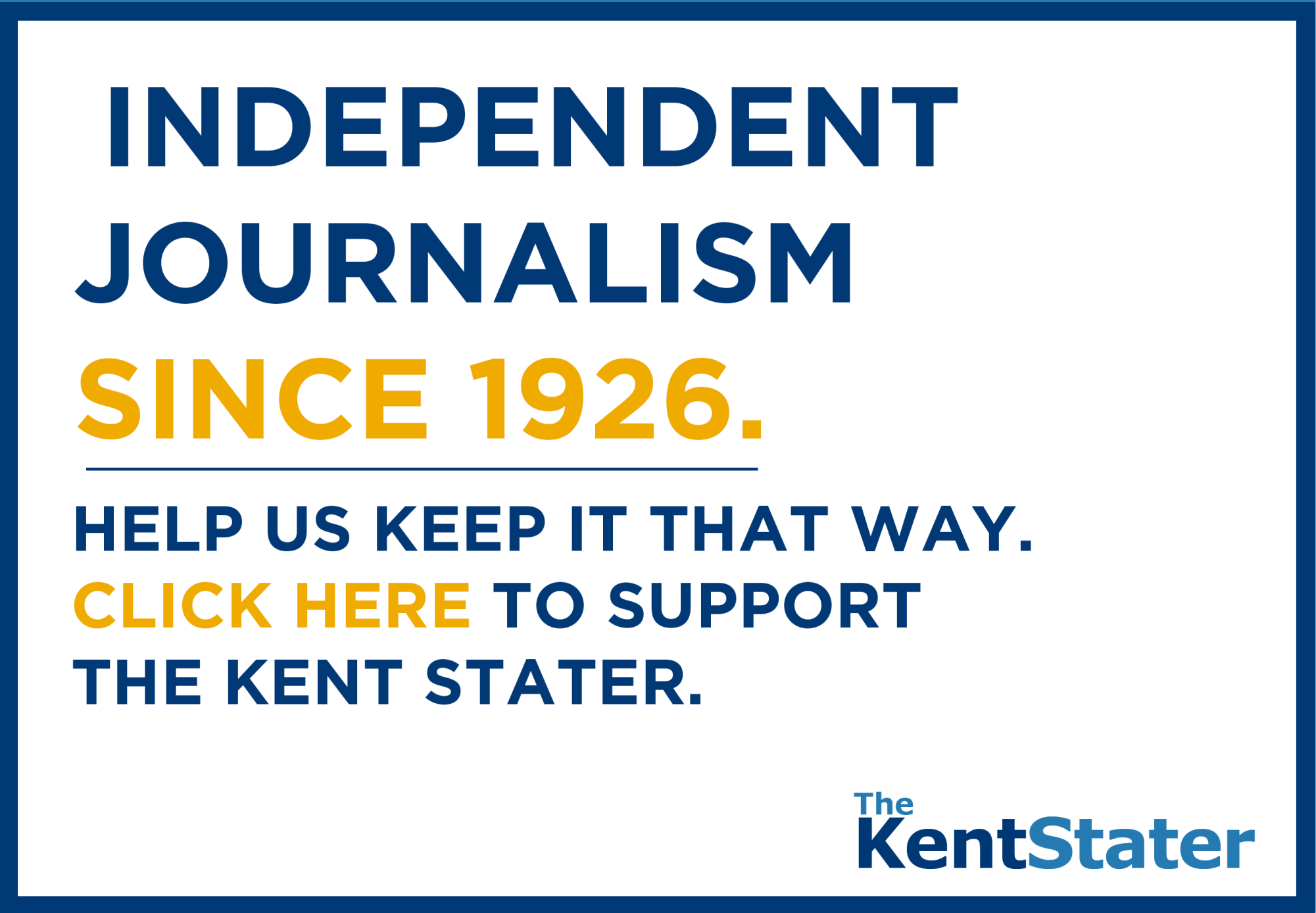Obama’s plan to ease college debt wins praise
October 27, 2011
A plan announced Wednesday by the Obama administration to take a bite out of student loan debt was hailed by local college officials who say it will help to dull ever-rising college tuition costs.
Obama’s “Pay As You Earn” proposal would reportedly reduce monthly payments for more than 1.5 million current college students and borrowers starting in 2012 to 10 percent of their discretionary income — down from 15 percent now. Whatever is left on the debt would be forgiven after 20 years of payments. Current law allows forgiveness after 25 years.
Also, starting in January, about 6 million students and recent college graduates would be able to consolidate federal student loans and private bank loans that are backed by the government.
Obama’s plan is part of his effort to create more jobs and ease the burden of the second-highest source of household debt.
With Congress unlikely to pass his jobs bill, Obama said this is something he can do without Congress’ help and at no cost to the taxpayer, since the funds for it already exist in the U.S. Department of Education budget.
Jean Main, director of student financial aid services at the University of Connecticut, where about two-thirds of graduates leave with an average student loan debt of $21,257, called the announcement good news.
“Of course this will help. I think it will help students all over. I think it’s a broad-reaching plan that will have broad-reaching impact,” Main said. She said the biggest impact will probably be for students who graduate into low-paying professions or have trouble finding immediate employment.
Others were less impressed. Vince Sampson, president of the Education Finance Council in Washington, said the plan merely moves loans from the private sector to the federal government and is too limited. It gives borrowers just months to sign up, restricts eligibility to borrowers who have not defaulted on their loans and limits the 10 percent discretionary earnings payment cap to students currently enrolled in school who took out their first loan in or after 2008 and will take out another loan in 2012.
“The proposal does little for borrowers struggling to repay student loans in today’s distressed job market (and) does not address the real student debt problem: rising tuition and the lack of well-paying jobs,” Sampson said.
Borrowers who take advantage of the consolidation option could receive up to a one-half of 1 percent reduction in their interest rate, which means lower monthly payments and hundreds of dollars in interest saved over the course of the loan.
Guest column by Linda Conner Lambeck. Originally in Connecticut Post (via UWire).












